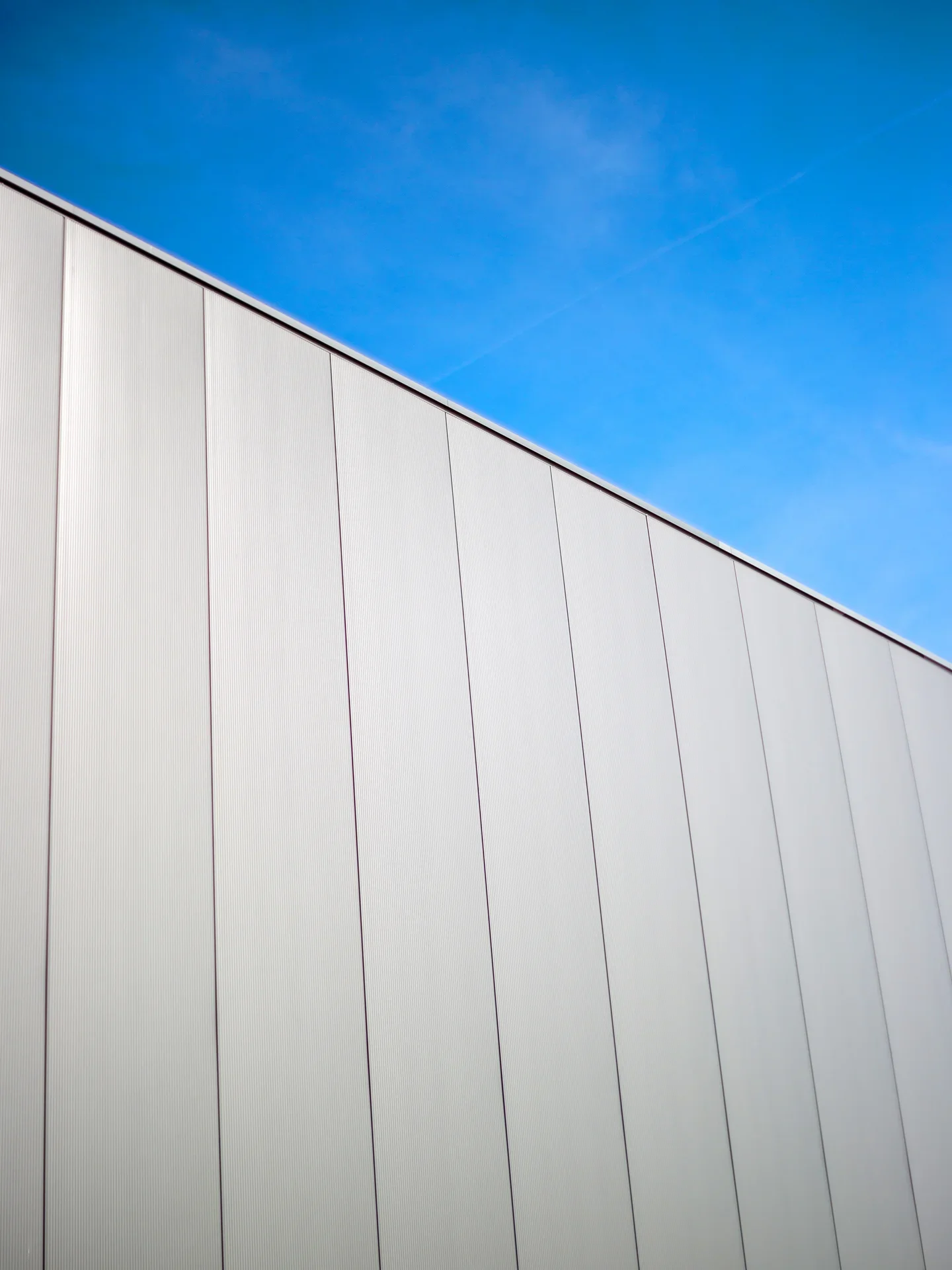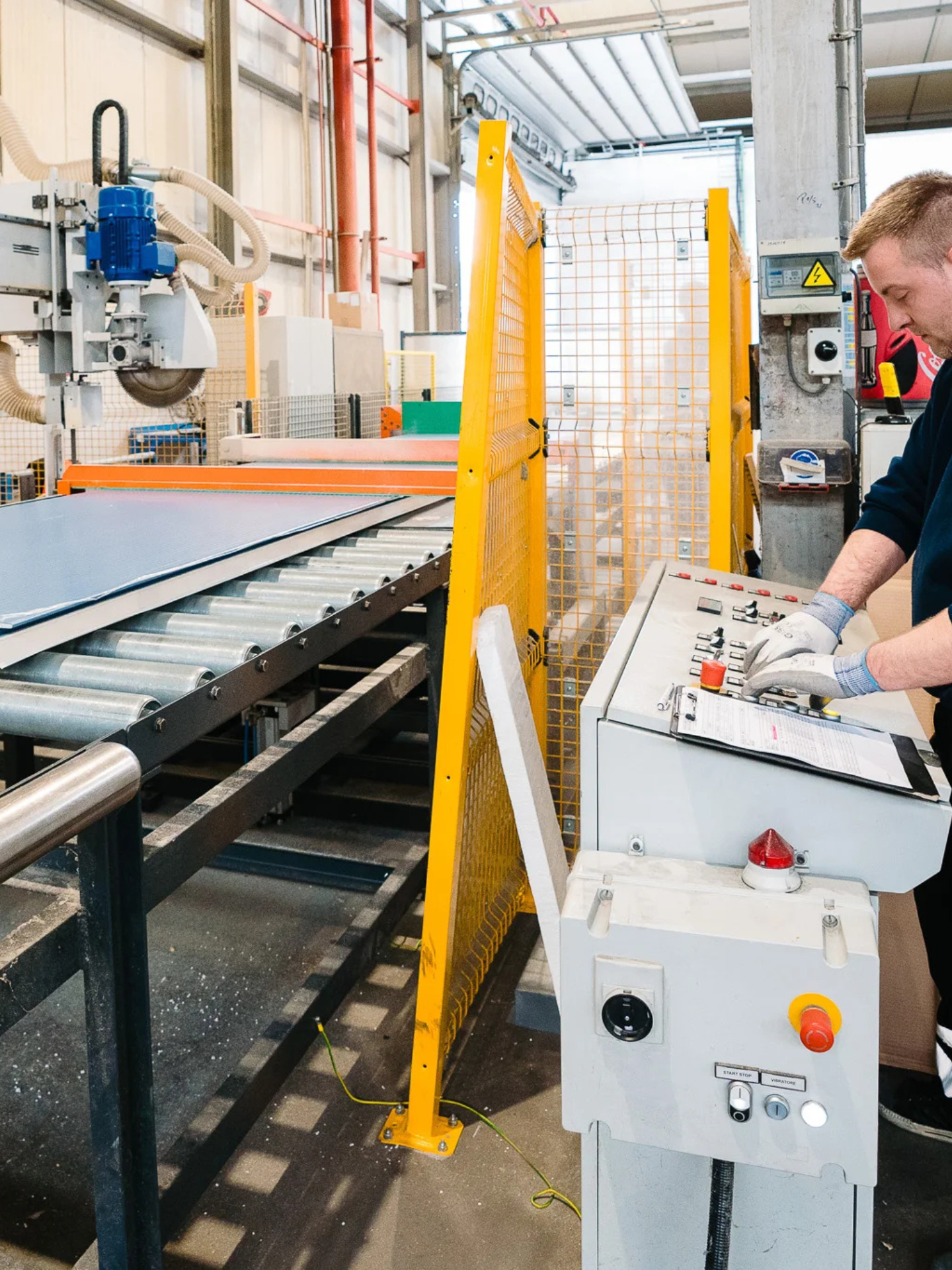
What is a PIR insulated panel?
Thermal insulation is essential to improve the energy efficiency of buildings and reduce heating and cooling costs. In Europe, the building sector accounts for around 40 % of final energy consumption and 36 % of energy-related greenhouse gas emissions (source: European Council, 2023). Among modern insulation materials, PIR (polyisocyanurate) stands out for its thermal performance. In addition to providing high-quality insulation, PIR offers several other advantages that make it a preferred choice for a wide range of construction projects.
PIR insulation is made from modified polyurethane. Its closed-cell structure gives it thermal insulation capabilities, moisture resistance, durability, and resistance to rot (unaffected by fungi and bacteria). PIR foam—the most commonly used form of this insulation—is produced by reacting a polyol (molecules containing -OH groups) with an isocyanate (-N=C=O) in the presence of a blowing agent, creating a rigid and lightweight foam. This rigid foam forms the insulating core of PIR insulated metal panels.
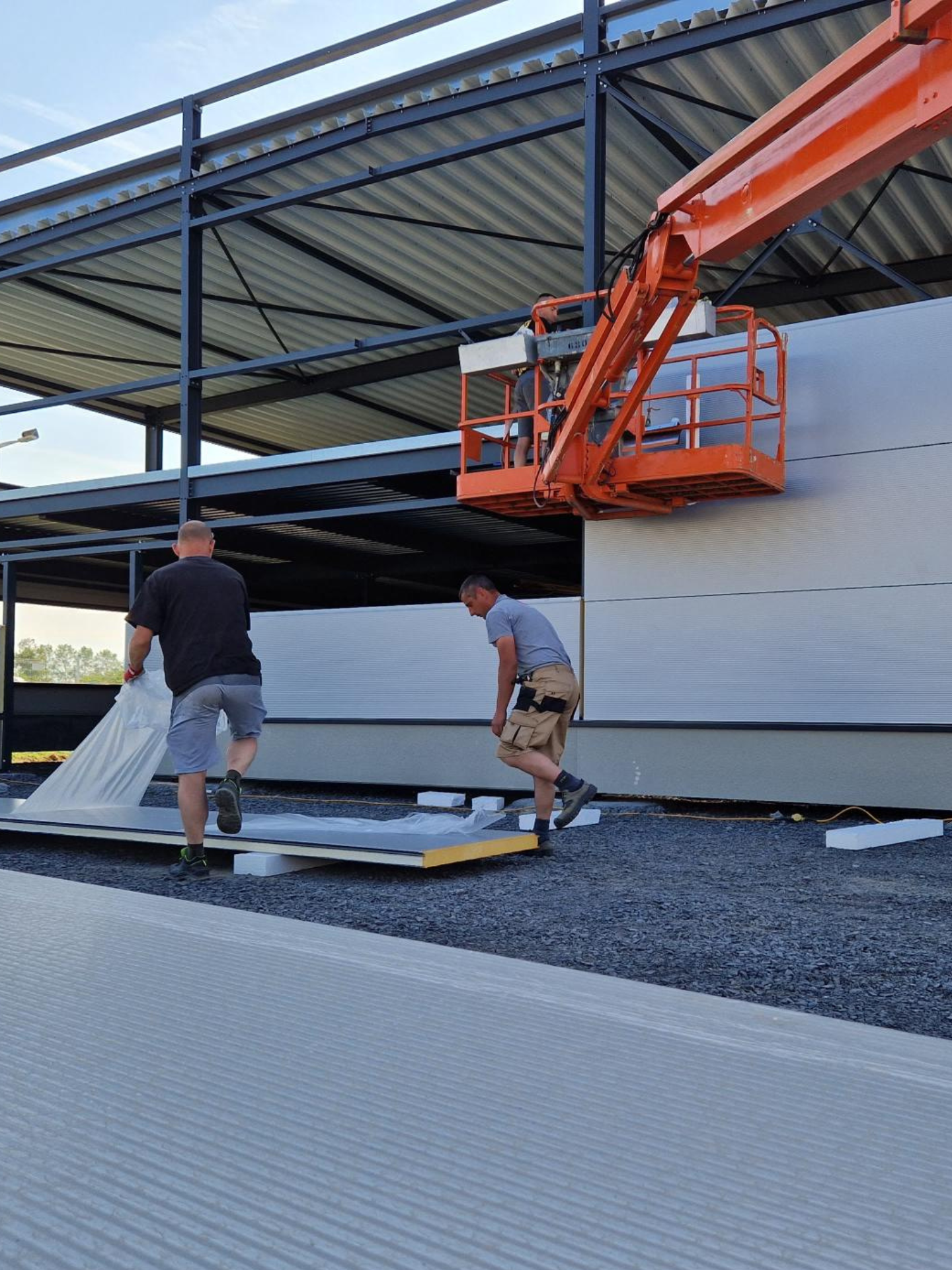
The advantages of PIR foam insulated panels
PIR foam is known for its extremely low thermal conductivity, typically around 0,022 to 0,026 W/m·K depending on the manufacturer, making it one of the most efficient insulation materials available. It is suitable for a wide range of projects, from commercial and industrial buildings to residential housing. This low thermal conductivity enables energy savings by reducing heat loss in buildings. Compared to mineral wool, PIR foam provides superior thermal insulation with less material thickness.
Thermal insulation
PIR foam delivers effective thermal insulation, helping maintain stable indoor temperatures and reducing the need for heating and cooling. It’s an ideal material to ensure thermal comfort for occupants.
Moisture and compression resistance
Thanks to its closed-cell structure, PIR foam offers strong resistance to moisture and compression, preventing mould formation and ensuring long-term insulation durability.
Lightweight and easy to install
PIR foam is lightweight, which makes it easy to transport and install. When used as the core of an insulated metal panel, it combines its insulation performance with the many advantages of insulated panels (aesthetic finish, ease of installation, mechanical resistance).
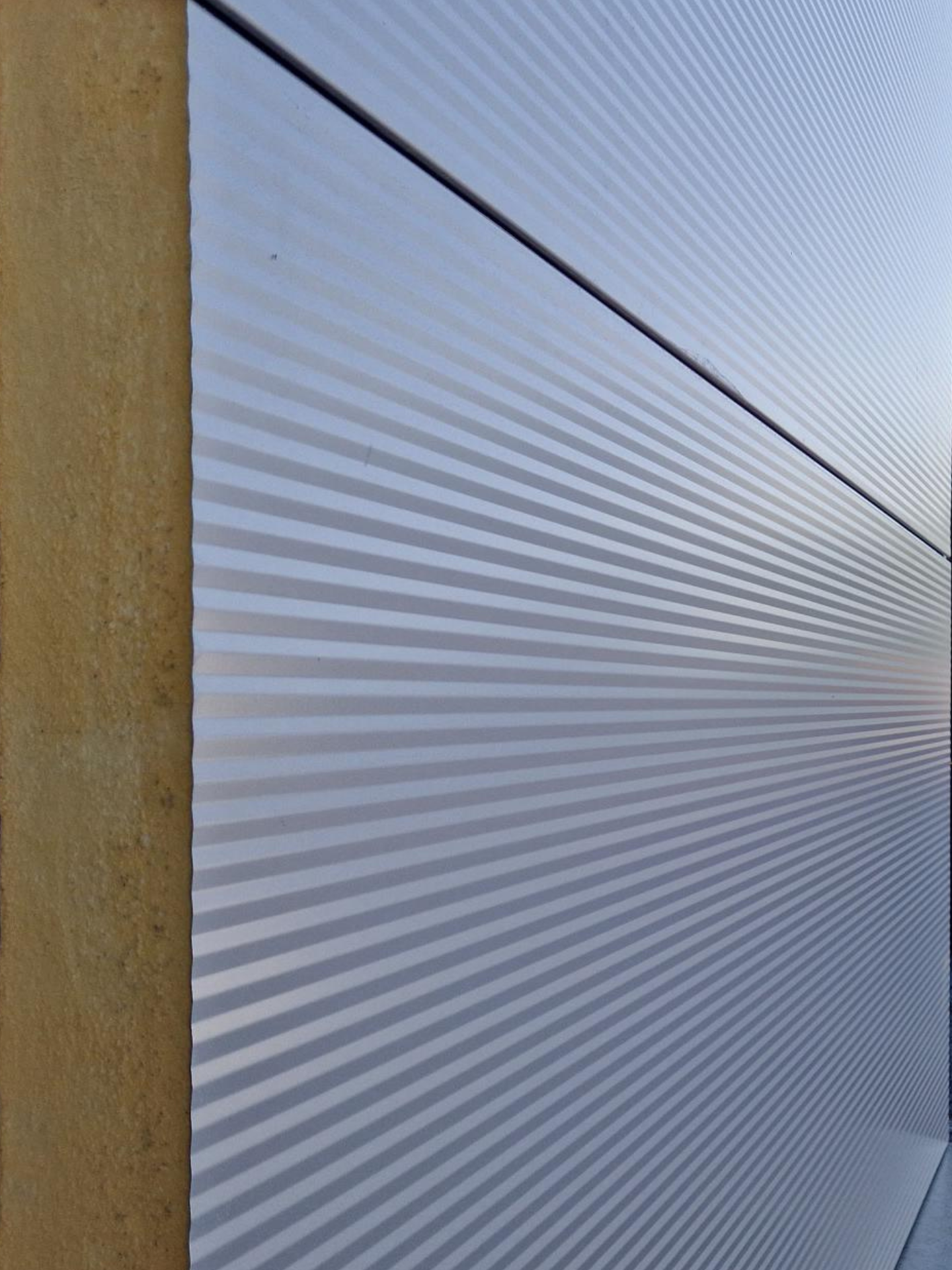
Fire behaviour and thermal certification
PIR foam has favourable fire behaviour, allowing PIR-core insulated metal panels to achieve certified Euroclass ratings ranging from B-s2,d0 to B-s1,d0. However, it remains less suitable than mineral wool panels for projects requiring higher fire protection.
PIR foam insulated panels are certified for thermal insulation performance with values reaching up to R = 9,2 (m²·K/W).
Rot resistance
PIR foam is highly resistant to rot and decomposition, making it an excellent choice for long-term insulation applications. This resistance is due to its closed-cell structure, which prevents water and moisture from penetrating the material. As a result, PIR foam does not promote the growth of mould, mildew, or fungi, ensuring that insulation remains effective and hygienic over time. This property is particularly valuable in moisture-prone environments such as roofs and external walls.
Dimensional stability
Dimensional stability refers to a material’s ability to retain its original shape and size under varying temperature and humidity conditions. PIR foam does not shrink, swell, or deform under environmental stress. This stability is crucial for maintaining the integrity of the insulation layer and ensuring consistent thermal performance without gaps or voids.
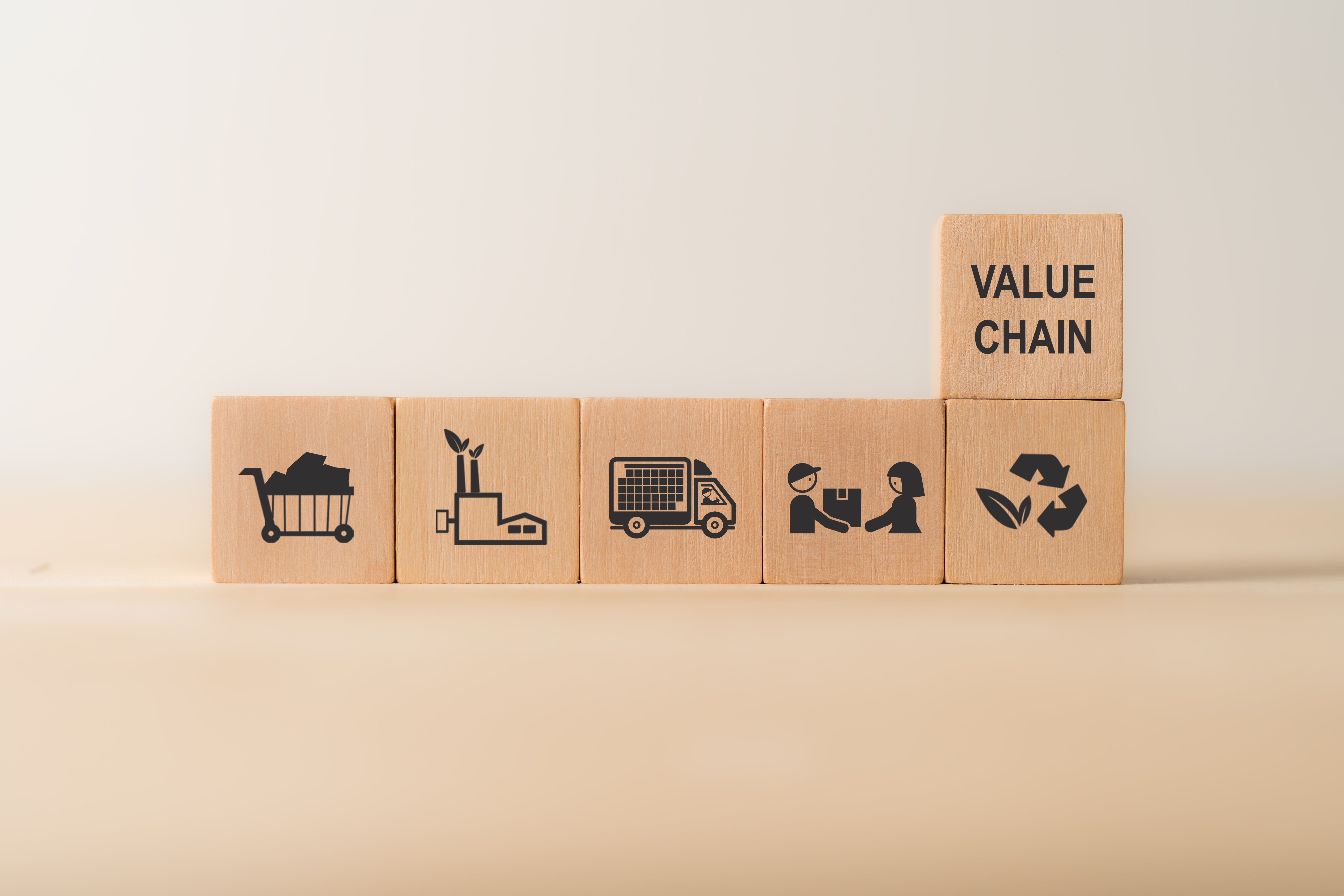
Environmental impact
Joris Ide PIR insulated panels for roofing and cladding are covered by FDES (Environmental and Health Declaration Sheets) and EPDs (Environmental Product Declarations), which certify their environmental performance. Additionally, the PIR foam used in Joris Ide insulated metal panels contains recycled PET bottles, reducing the amount of virgin raw materials required.
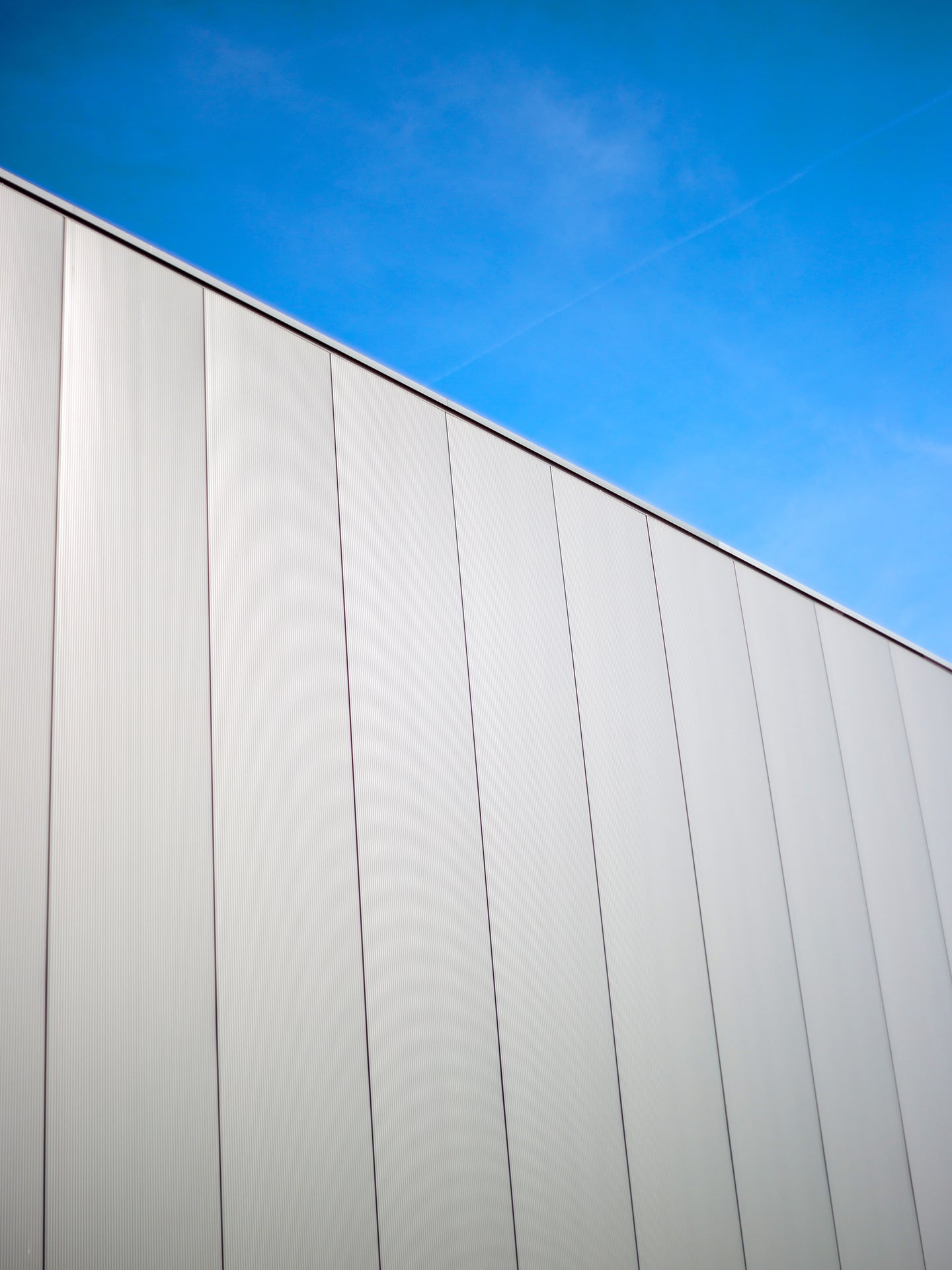
What uses are there for PIR foam insulated panels?
PIR insulated panels are versatile and can be used in a wide range of applications, including:
- Roofs with various aesthetic options (trapezoidal, corrugated, tile or slate effect, standing seam effect), and in thicknesses ranging from 30 mm for the Eco panel to 150 mm, offering thermal resistance values (R) from 1,5 to 7,3 m²·K/W.
- Walls/Cladding : for the external cladding of buildings, insulated metal panels offer many finish options (smooth, micro-ribbed, linear, plank-style) with either visible or concealed fixings. Thicknesses range from 40 to 220 mm for visible fixing, and from 60 to 170 mm for concealed fixing, with thermal resistance values up to R 9,2 m²·K/W.
